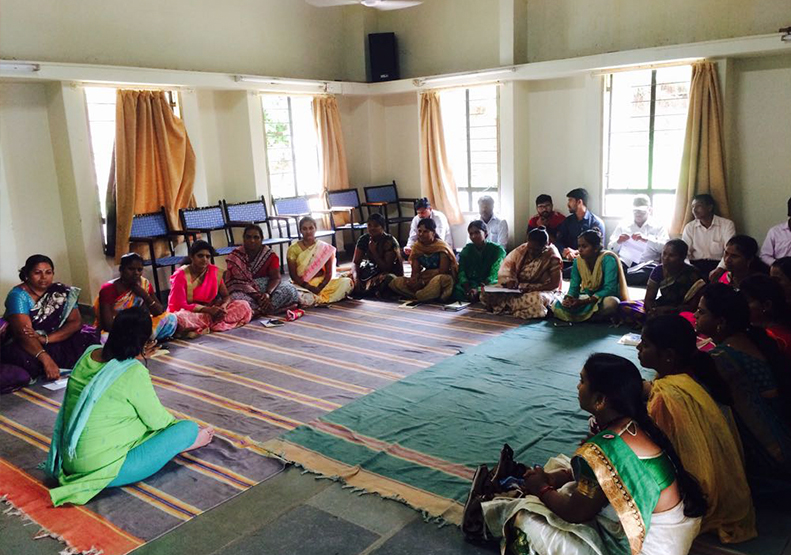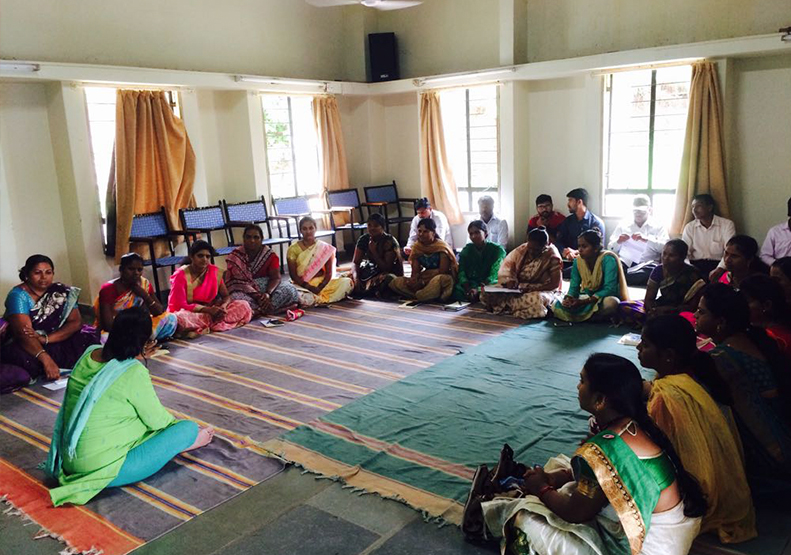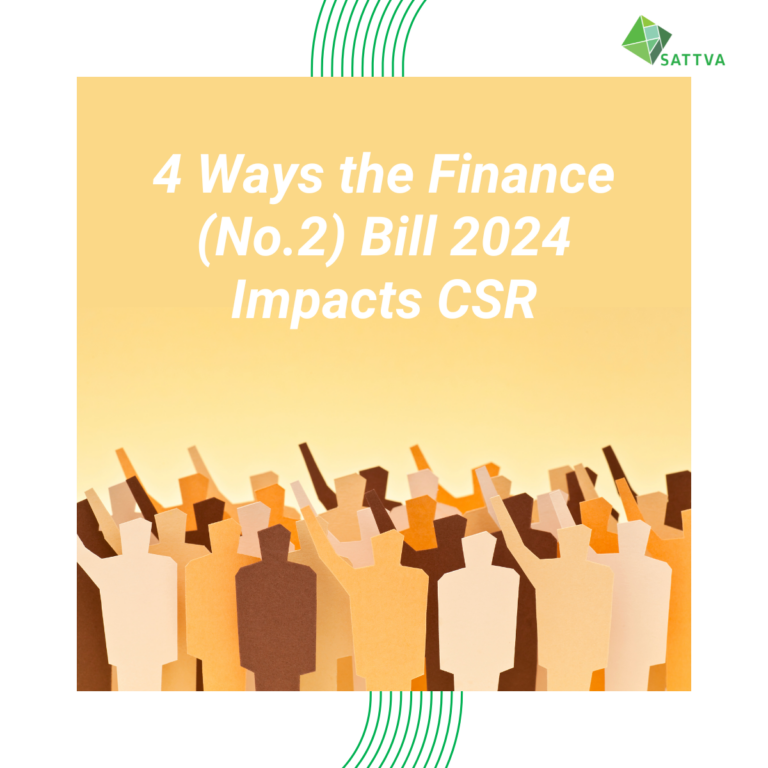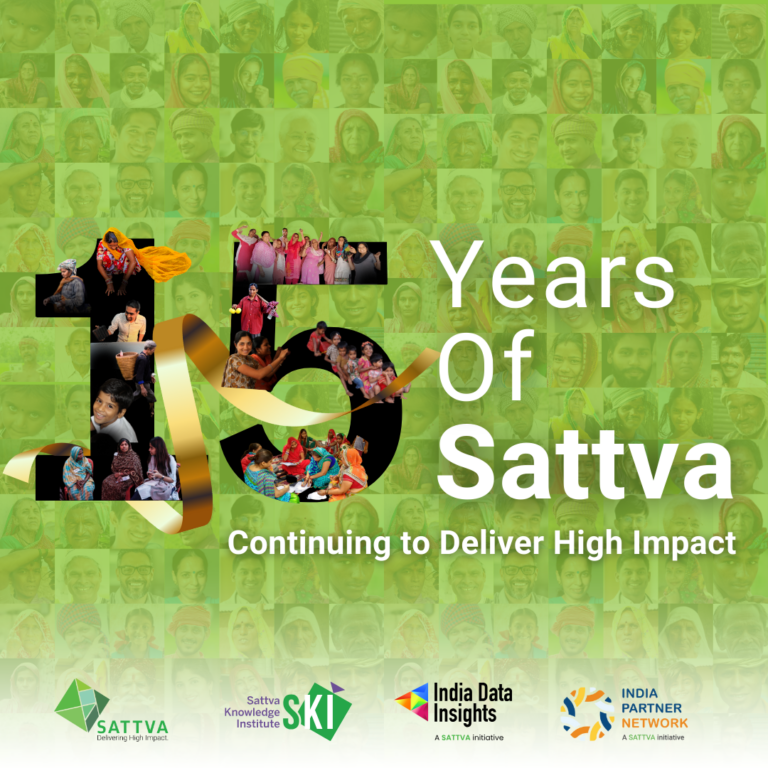What is SROI?
In simple terms, SROI measures the efficiency of social capital spent. It measures the amount of impact created per beneficiary against the cost incurred to impact the beneficiary.
Why SROI?
SROI takes its cue from principles of financial capital return measurement. The idea is to ensure that the social investment is deployed in the most efficient and effective manner possible. While this is great, in order for SROI to be significantly effective, the metrics that it focuses on should go beyond just the financial value deployed vs. social value created and instead look at other key aspects such as sustainability and scale as well.

What should SROI focus on?
The following should be the key metrics tracked while measuring SROI:
• Unit Cost vs. Impact created: What is the impact created per unit cost spent?
• Sustainability: While point 1 above measures the efficiency of capital deployed, it has to be done alongside measuring the sustainability of the intervention. This will bring the focus on deploying social capital towards much need areas that are ecosystem enablers – such as capacity and organization building, building different stakeholders together and envisioning long-term goals and change. To take an example: If an intervention focuses on reducing malnutrition levels of children in a specific community, it can be done through 2 ways:
o 1 – supporting a dietary supplement that will bridge the nutrition gap currently being faced.
o 2 – understand the root cause for malnutrition (lack of awareness, poverty, lack of access to available resources, etc) and address it through bringing multiple stakeholders (Govt, local CBOs, etc) together – increase awareness levels on nutrition, ensure access to relevant resources and schemes and look at skill enhancement to support livelihood and create jobs (and thereby reduce poverty).
In the case of point 1, the impact will stop once the intervention is discontinued – hence it is likely that the malnutrition levels could be back at where they started
In the case of point 2 – it is highly likely that this intervention has created long lasting impact through addressing some of the root causes involved.
Hence this is a critical metric to look at for SROI
• Scale: It is also important that SROI looks at the scale (or potential to scale) of any intervention as a key metric for success. Scale should be looked at in 2 ways: 1) how many beneficiaries has this (or can this) intervention reach within a certain period of time ( replicability) and 2) what is the reach of the intervention in terms of the overall scale of the problem? This could be across different denominators (e.g: geographical: city, state, country, world)




